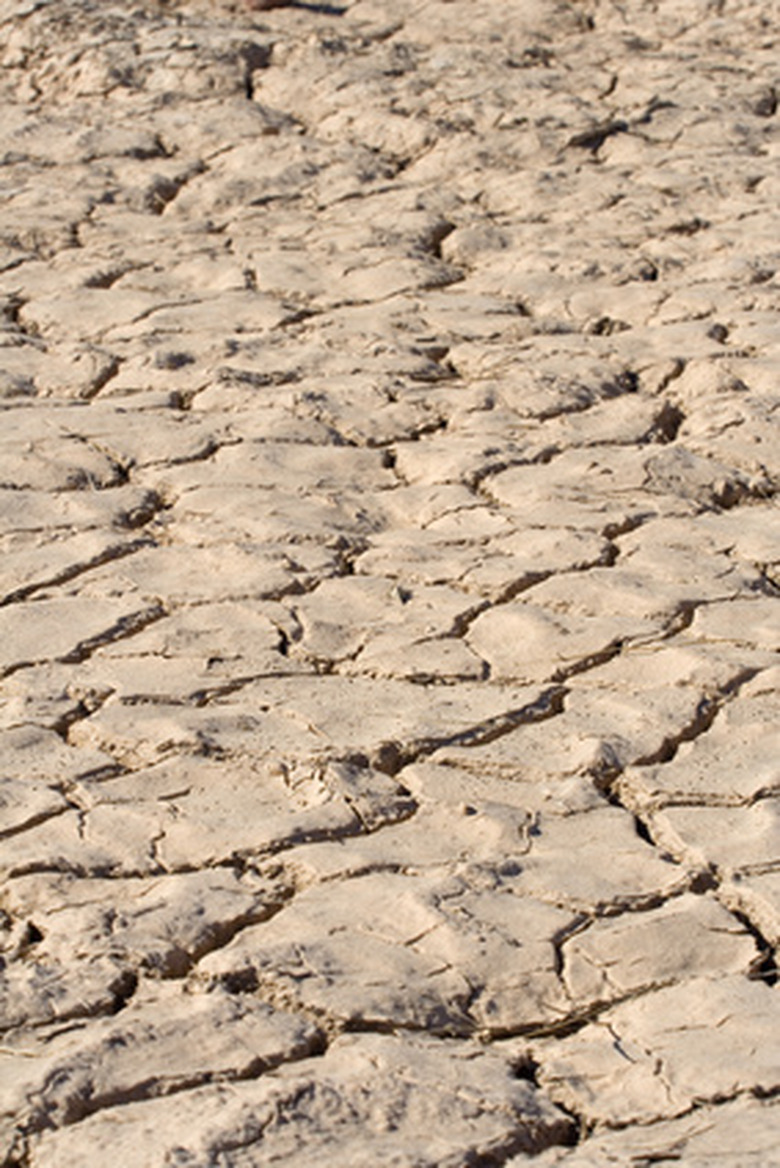Russian Sage & Chlorosis
Unlike its name, Russian sage (Perovskia) is not technically a sage; it is a member of the mint family. Botanically, it is a subshrub, because it contains both woody and soft tissue. Foliage is gray-green, with small leaves and silvery stems. Lavender-blue spikes bloom mid- to late summer. The delicate elegance of Russian sage lends a striking aura to the garden.
Growth Requirements
Russian sage grows best where there is full sun and good drainage. Better suited to drought, this plant does not do well with excess water. Fertilizing is not generally necessary since it promotes leggy growth that will need staking for support. Russian sage grows best when pH is between 5.1 and 6.5.
- Unlike its name, Russian sage (Perovskia) is not technically a sage; it is a member of the mint family.
- Fertilizing is not generally necessary since it promotes leggy growth that will need staking for support.
Chlorosis
Chlorosis in Russian sage is caused by a lack of chlorophyll. Leaf tissue turns yellow, generally between the veins. Veins appear darker green. Symptoms are leaves that are pale green to yellow. The more yellow in color, the more severe the problem. Chlorosis may appear in only a portion of the plant. As the disease progresses, leaf veins turn yellow and the leaves die. Affected branches will often die. Death of the entire plant is not uncommon if the problem is not addressed.
- Chlorosis in Russian sage is caused by a lack of chlorophyll.
- As the disease progresses, leaf veins turn yellow and the leaves die.
Causes of Chlorosis
Chlorosis is often caused by poor drainage, damaged or compacted roots, high soil alkalinity and nutrient deficiencies. Nutrient deficiencies can be caused by a lack of nutrients or high soil pH. An excess of one nutrient can create an imbalance in another, making it inaccessible to the plant. Nutrient deficiencies such as iron, manganese and zinc are common among chlorotic plants. Calcium, zinc, manganese, phosphorus or copper in high amounts can tie up iron so that it is unusable to the plant. A deficiency of potassium will hinder the availability of iron.
Determining the Cause
A pH test will determine that alkalinity of soil. Because a lack of iron is the most common cause, it is important to know that most plants can absorb iron when the pH is between 5.0 and 6.5. If soil alkalinity does not seem to be the cause, plant leaves might offer a clue. Check what foliage turned chlorotic first. Chlorosis related to iron deficiency begins on the new growth first. Chlorosis associated with zinc or manganese deficiency shows on older and inner leaves first. Check the soil around the plant. Poor drainage and compaction will encourage chlorosis in the Russian sage plant. Injured or weak root systems, often caused by hard soils, have difficulty extracting nutrients.
- Chlorosis is often caused by poor drainage, damaged or compacted roots, high soil alkalinity and nutrient deficiencies.
- Poor drainage and compaction will encourage chlorosis in the Russian sage plant.
Solution
After determining the cause of chlorosis in your plant, it is possible to address the problem. Soil pH can be adjusted. High pH can be lowered with the addition of sulfur, while low pH can be raised with the addition of lime. Aerating the soil to alleviate compaction promotes proper drainage. Foliar applications of nutrients can address nutrient deficiencies temporarily. Amending the soil with compost provides needed nutrients to the soil.
References
- University of Illinois Extension: Focus on Plant Problems
- "California Master Gardener Handbook"; University of California Agricultural and Natural Resources; Dennis R. Pittenger, editor; 2004
